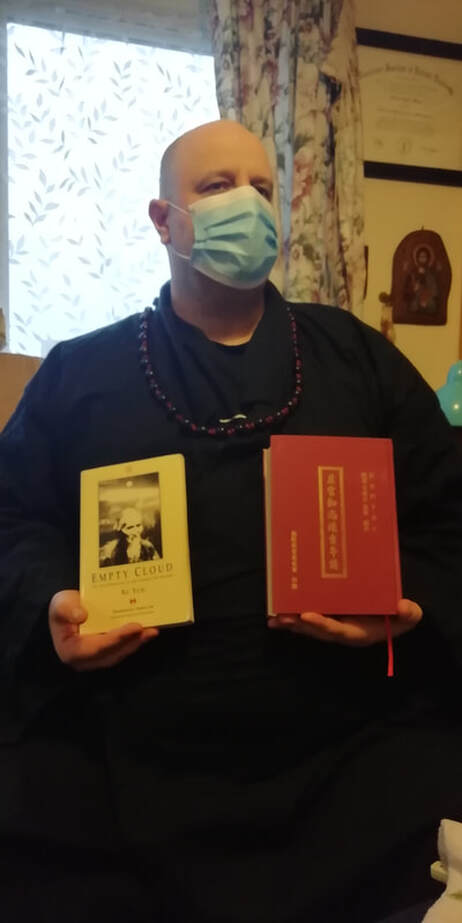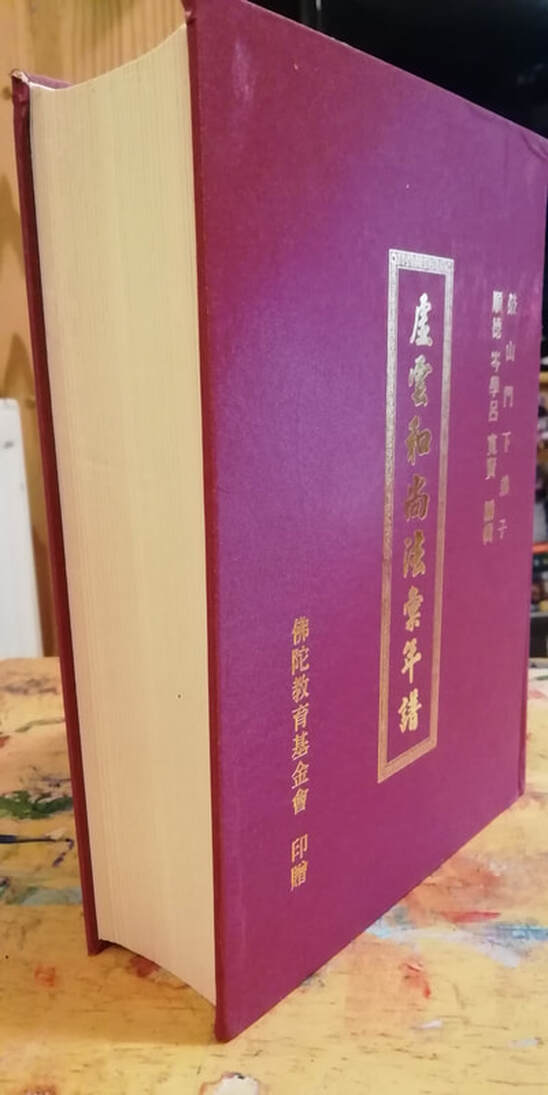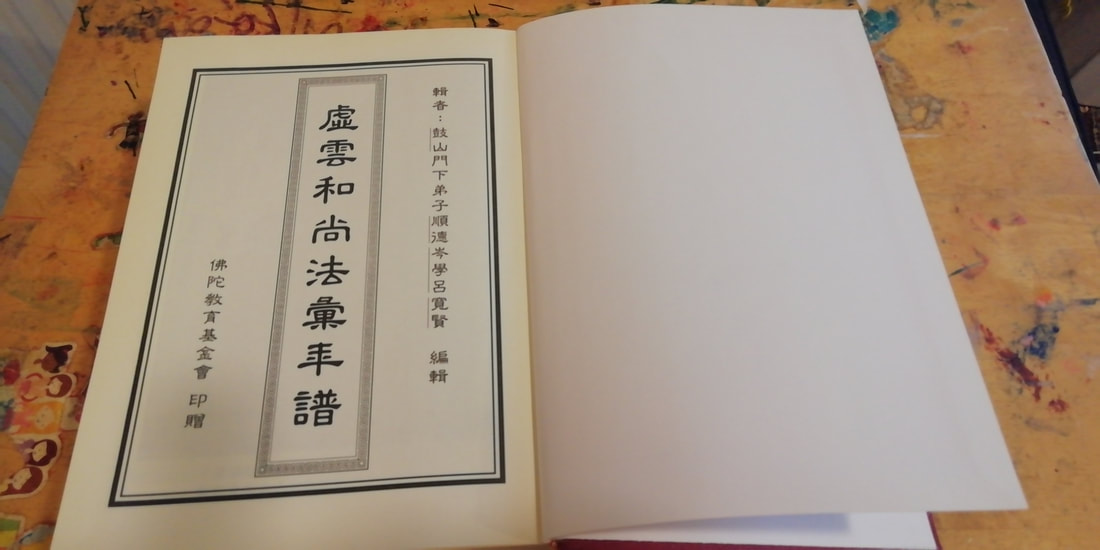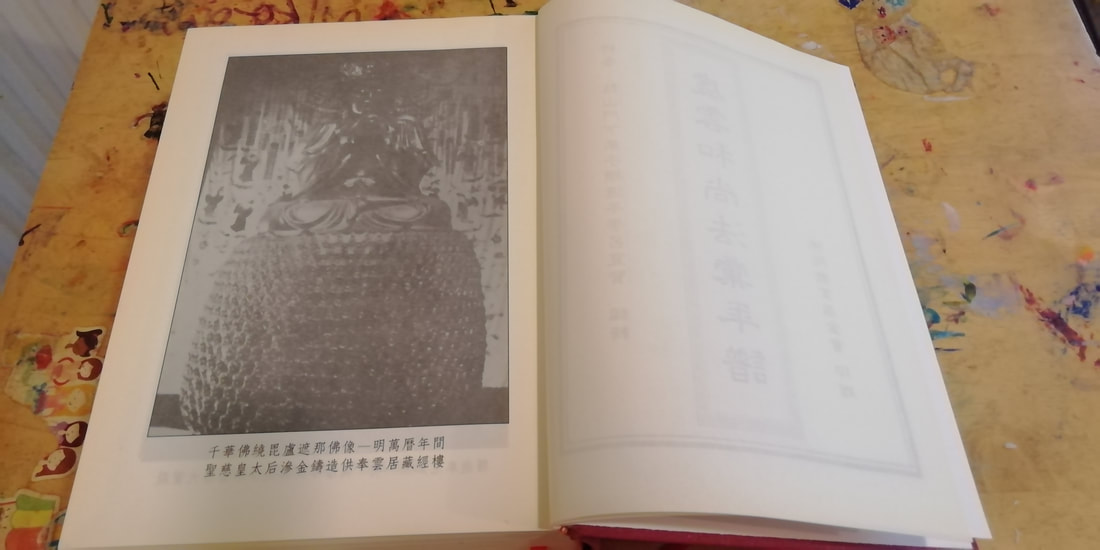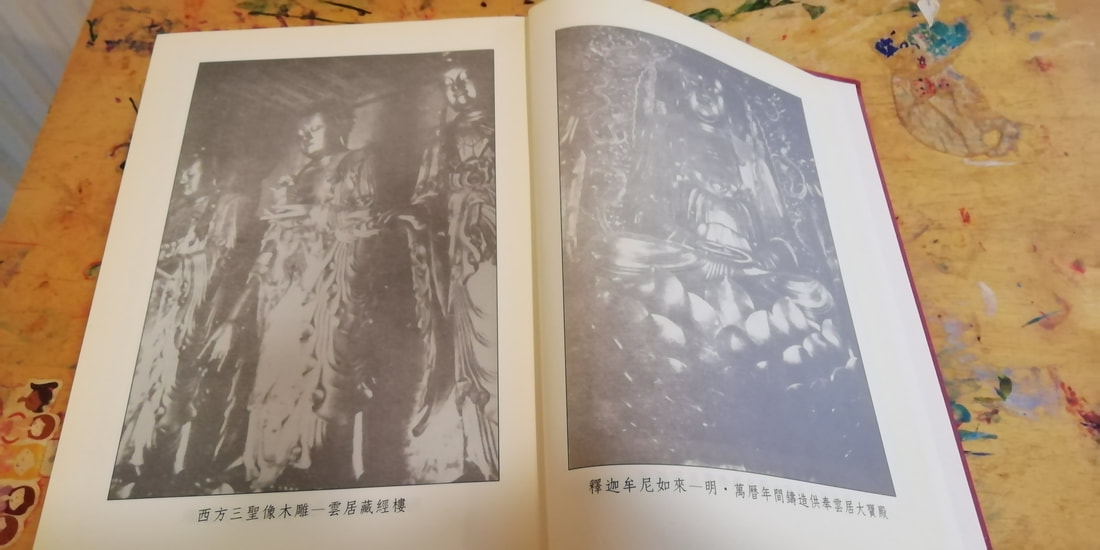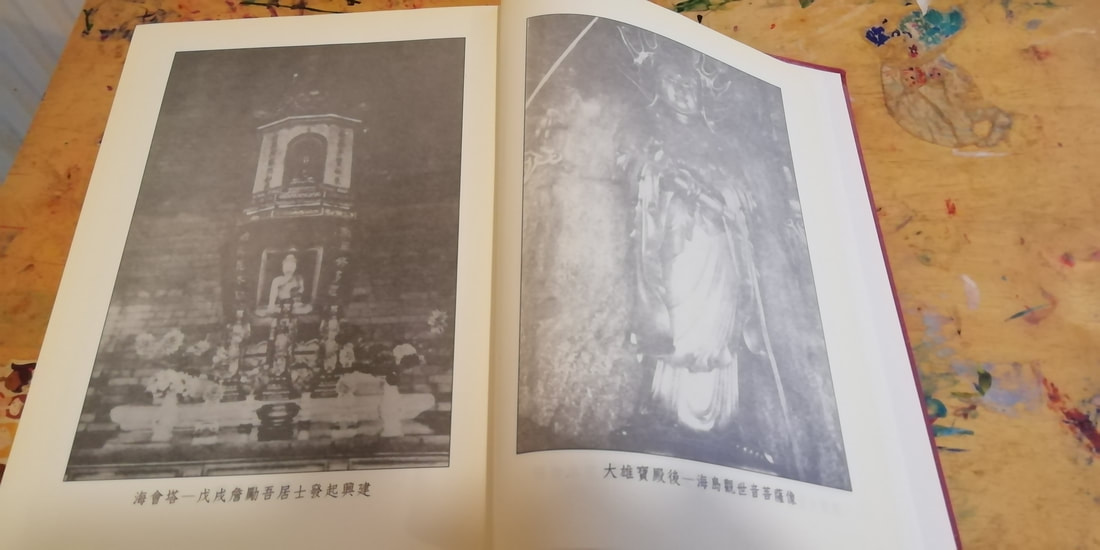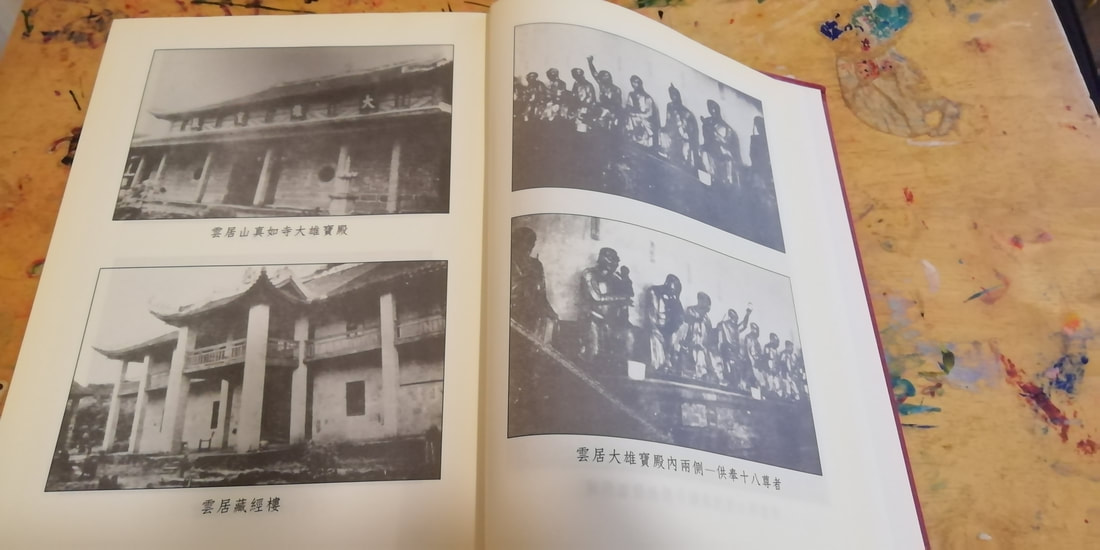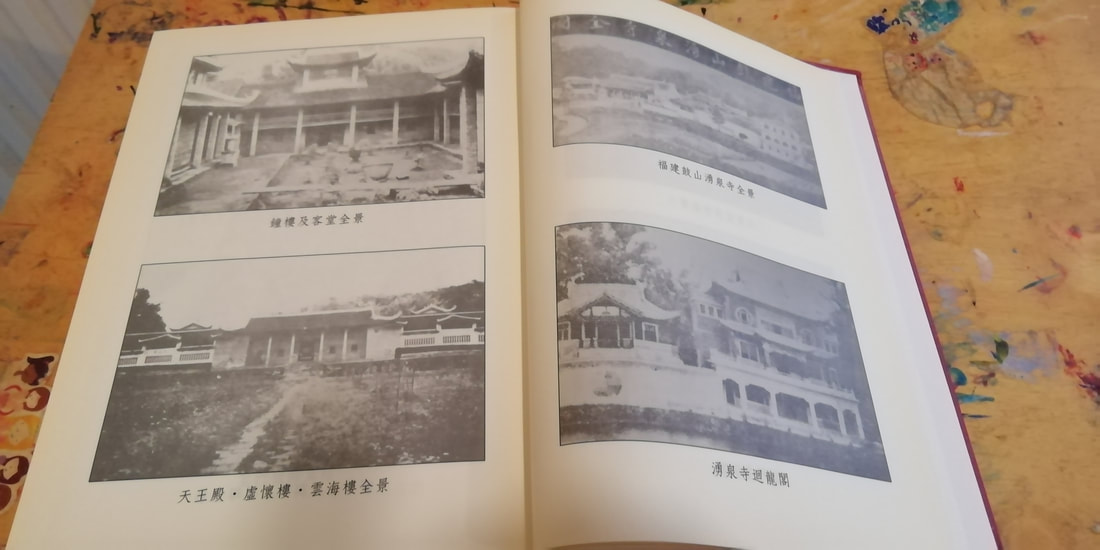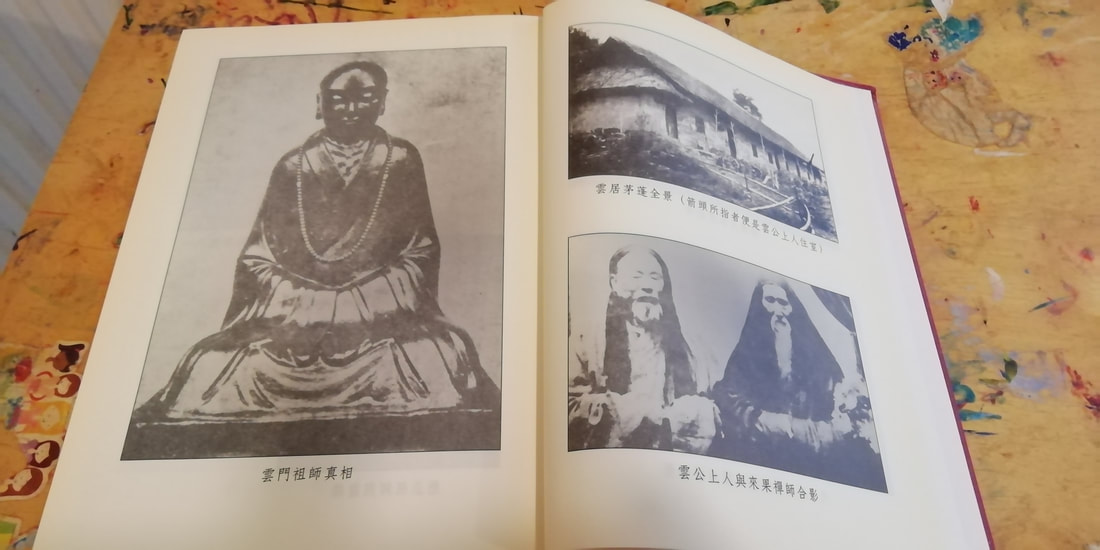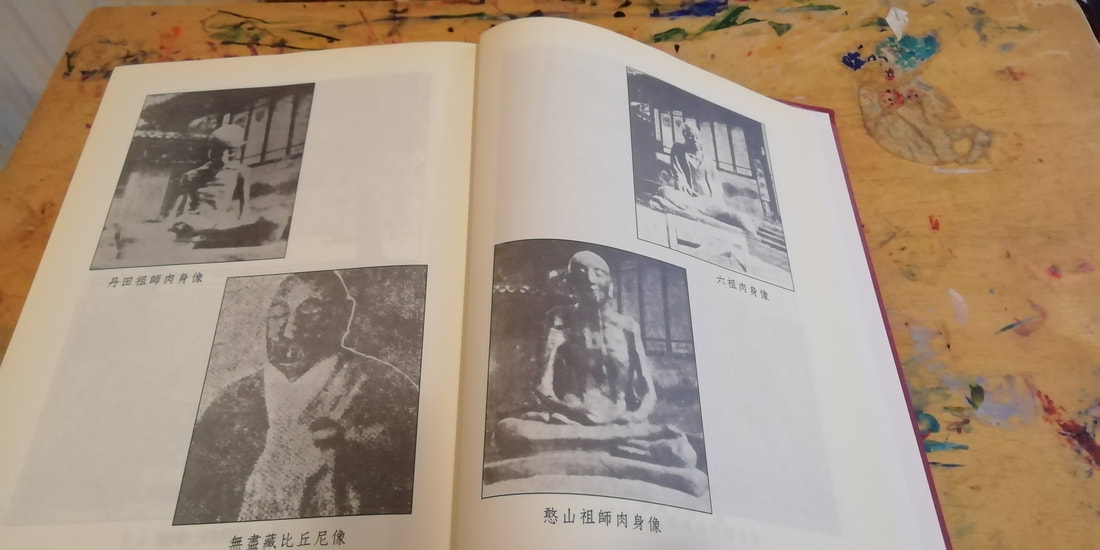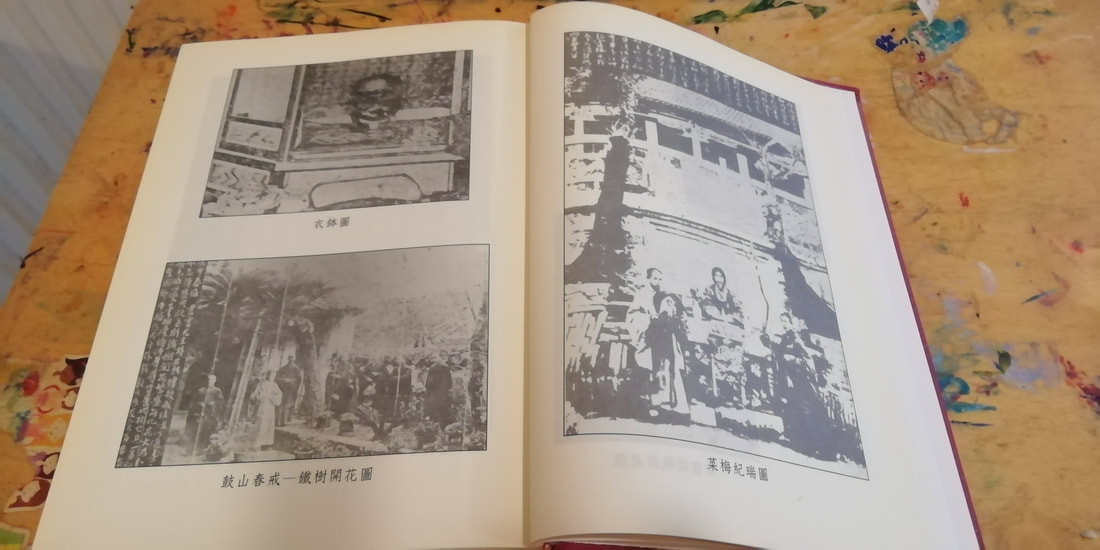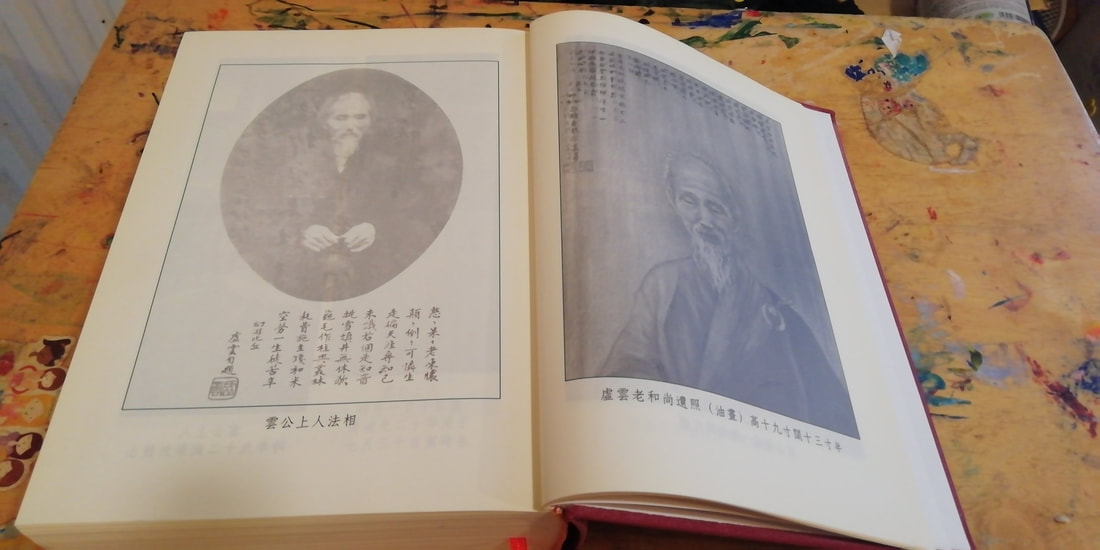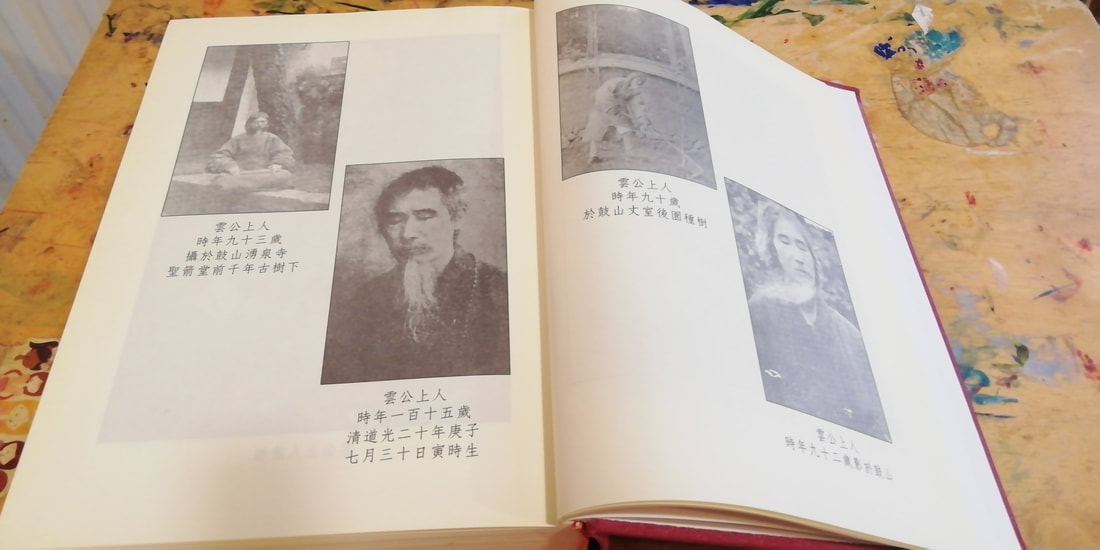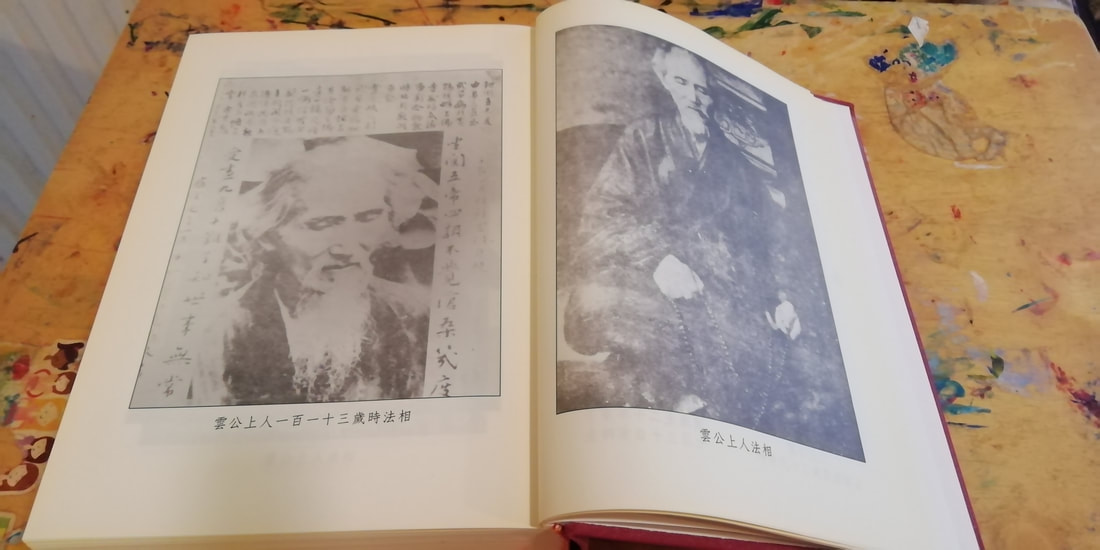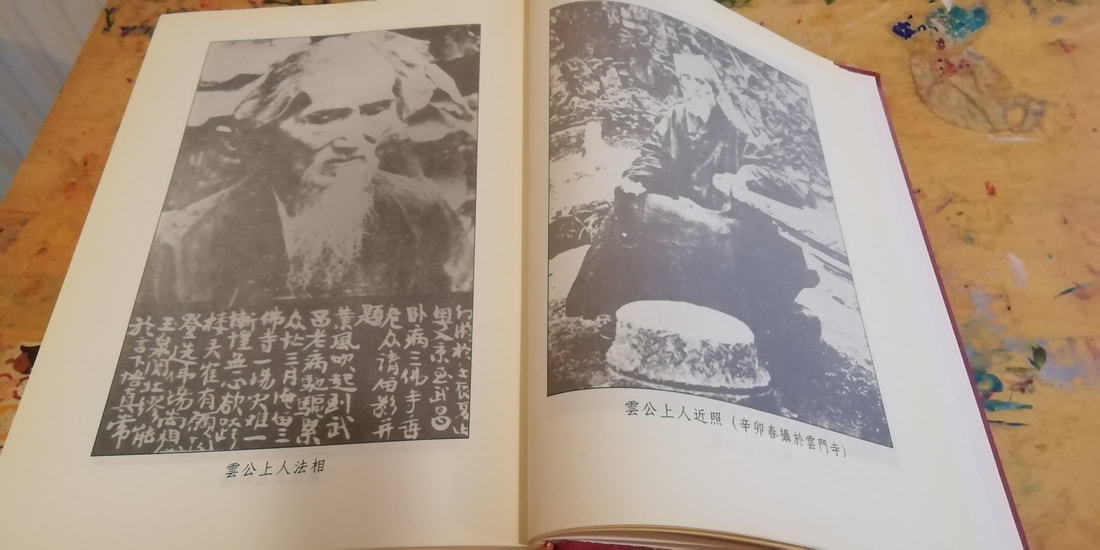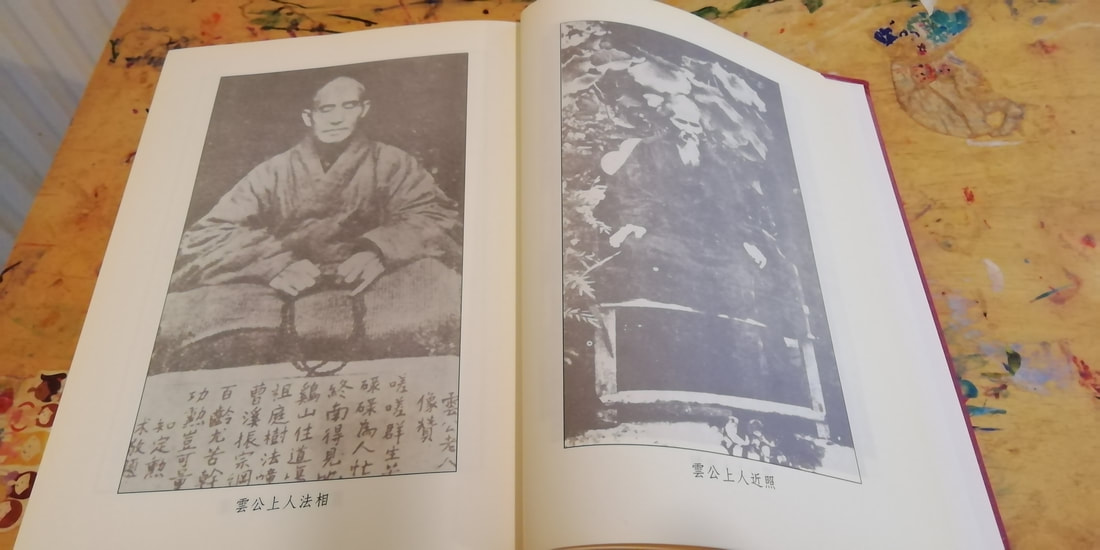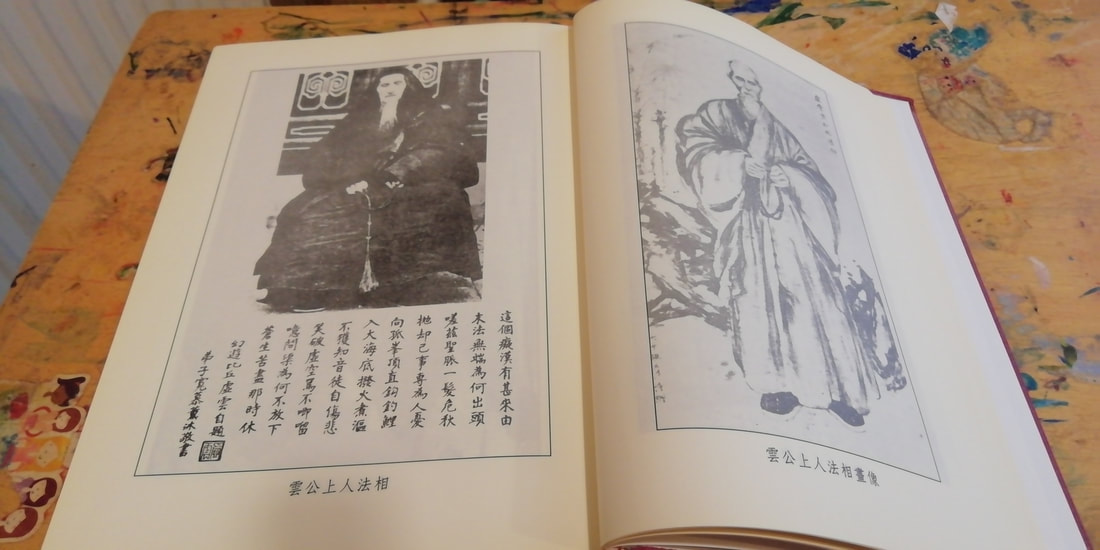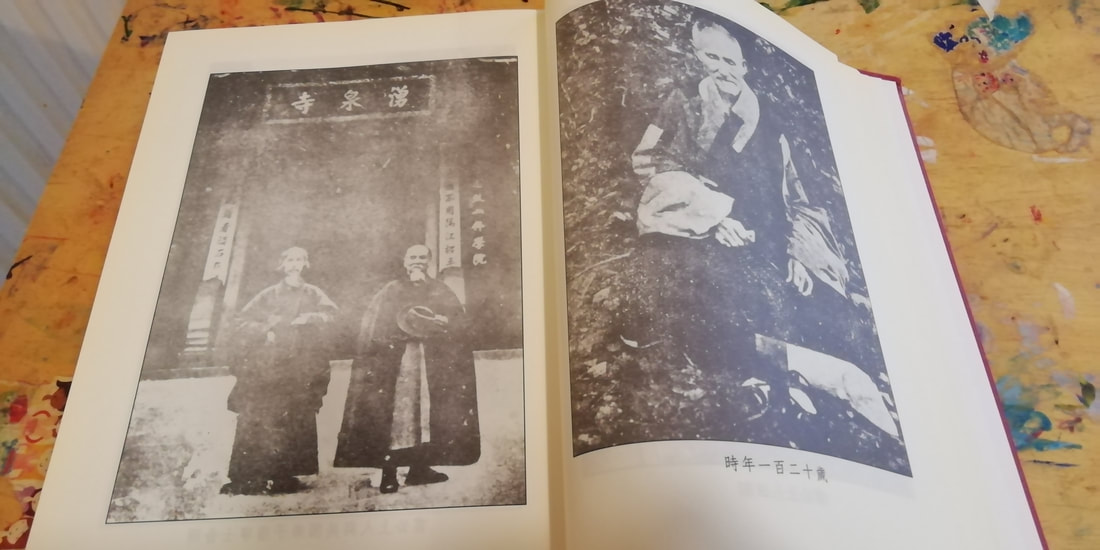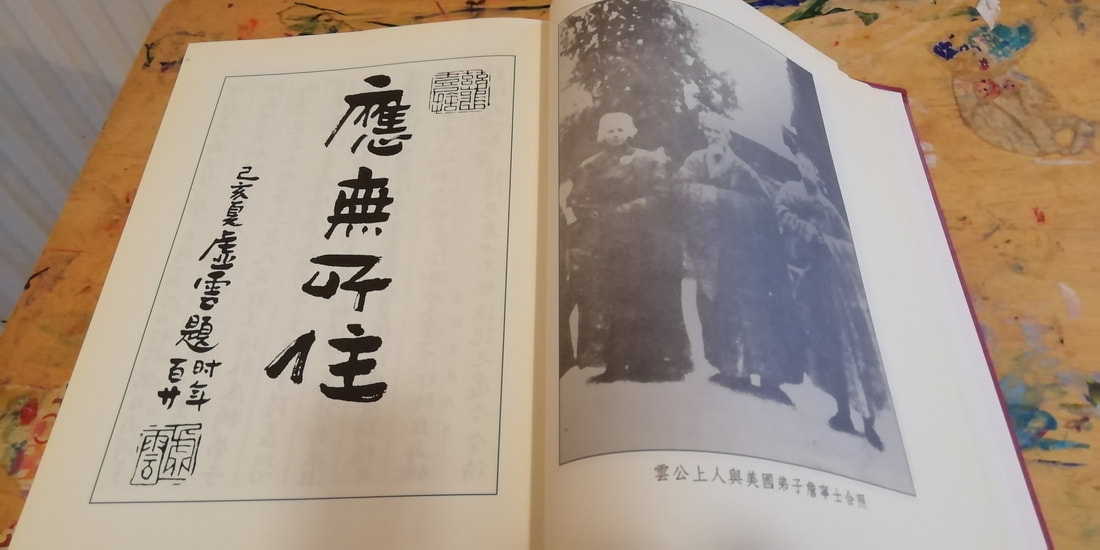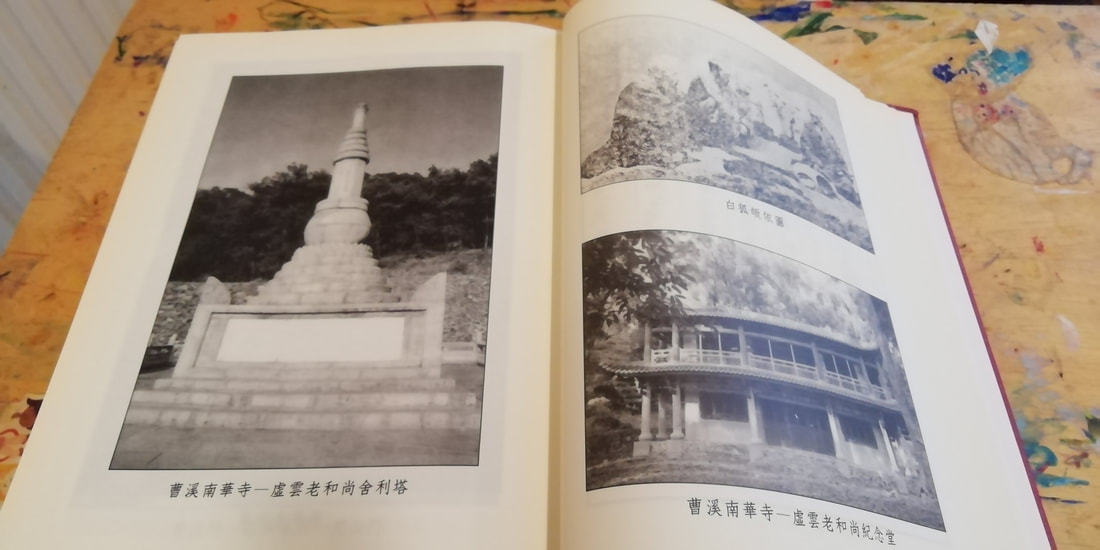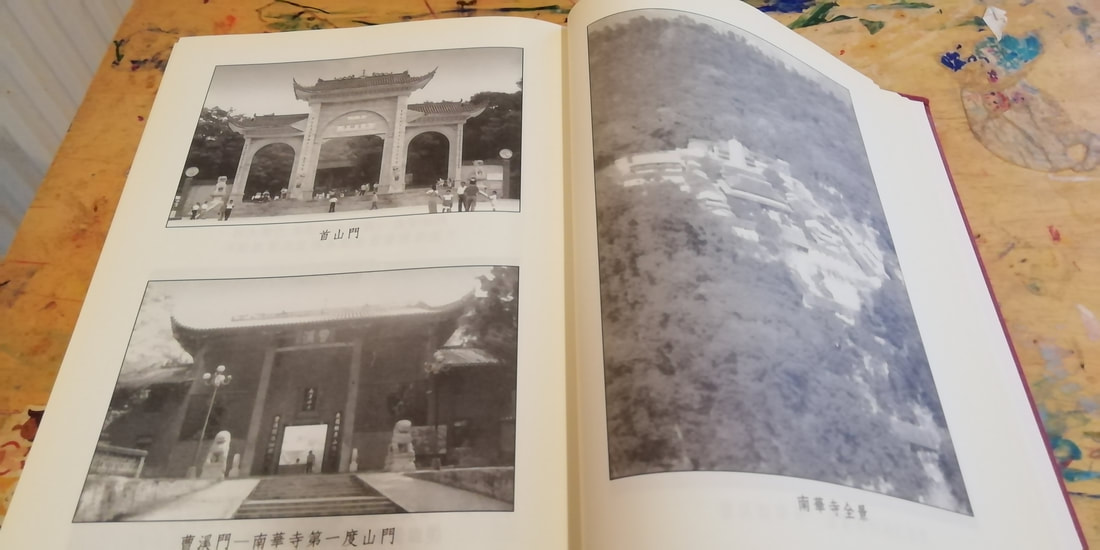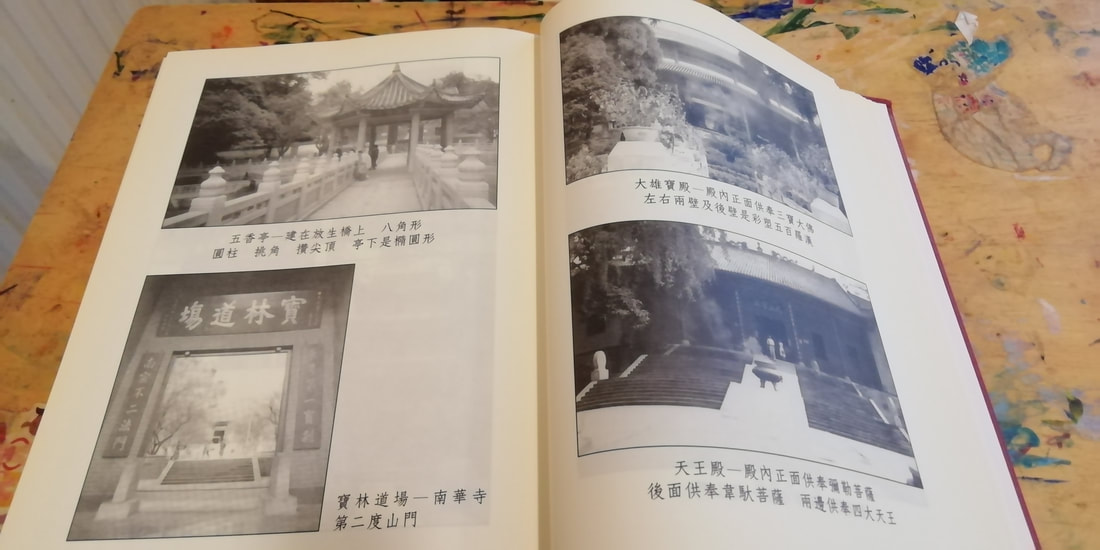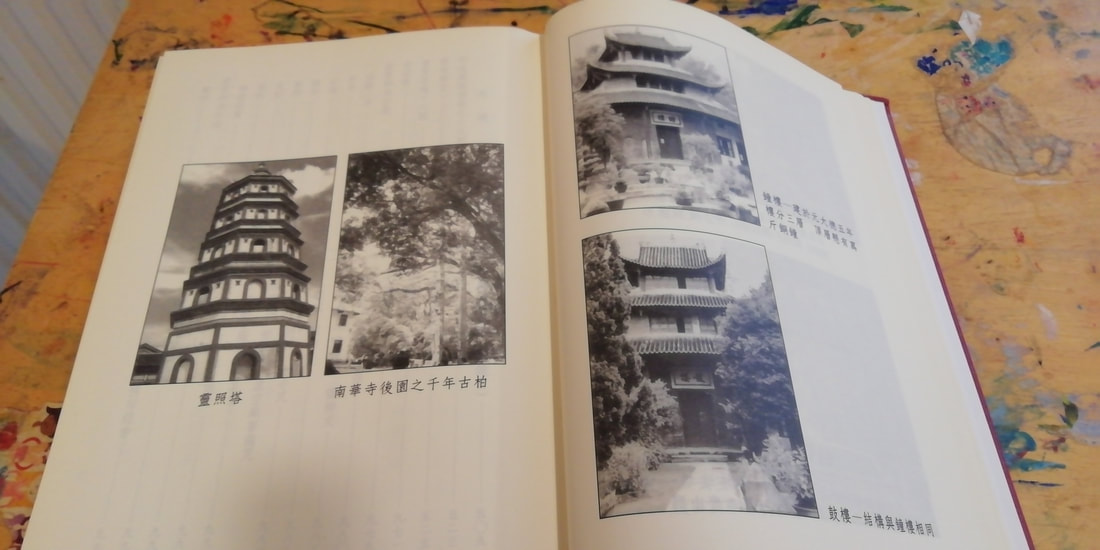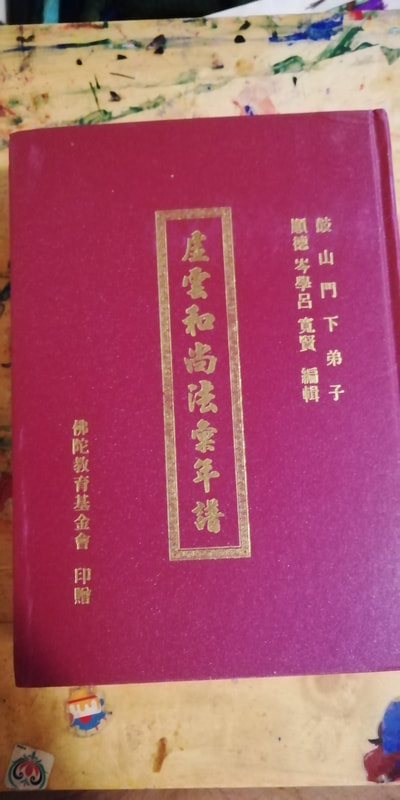Comparisons With Xu Yun's Chinese-Language Biography
What follows are a number of photographs of the numerous pictures (of varying quality) that appear in a typical Autobiography of Master Xu Yun as published within Mainland China - usually listed in the first twenty or so pages. The version supposedly 'smuggled' in sections to Cen Xue Lu (Xu Yun's Editor) who was living in Hong Kong during the 1950s (when the postal system between the British Crown Colony and the Zhenru Temple in Jiangxi province was functioning efficiently and without hindrance), is vastly incomplete and represents probably about one-third of the biographical data that was collected later - notably by the Ch'an Master Jinghui - a Disciple of Xu Yun. Furthermore, sound academic research reveals that on its journey between Xu Yun and Cen Xue Lu - nearly all mention of 'Nationalist' atrocities described by Xu Yun and included in later Mainland editions were 'omitted' (including the 1928 destruction of the Shaolin Temple in Henan. Why would Xu Yun not mention the destruction of the spiritual centre of Ch'an in China? This is like a Catholic Cleric writing a biography and missing-out the destruction of the Vatican)! Following my investigation into the so-called 'Yunmen' Incident - which included interviewing witnesses and my discussing events with other reliable observers - Xu Yun was not beaten by 'Red Guards' in 1951-1952 as 'Red Guards' did not exist until the mid-1960s, Master Xu Yun never once claimed to have been 'beaten', but only to be 'ill' (as he was already over 110 years old). The temple at Yunmen was under suspicion - that is true - as there were a number of 'Nationalist' spies amongst the monks and pretending to be devout Buddhists (this spy-ring was 'smashed' but Xu Yun was never under direct suspicion). My research paper on this subject can be read HERE. Consider all the evidence and make-up your own mind - as the Vinaya Discipline demands the 'truth'.
